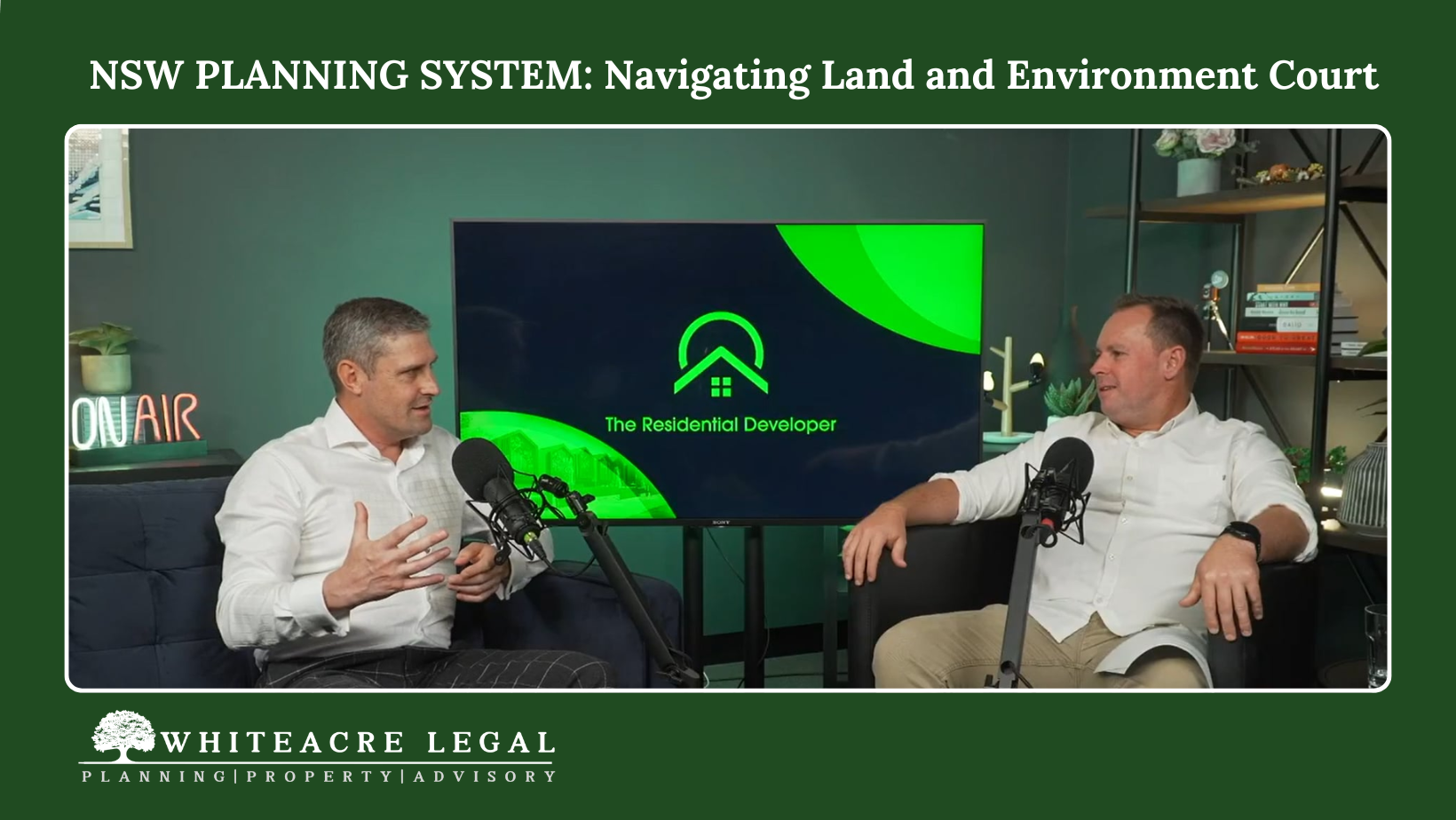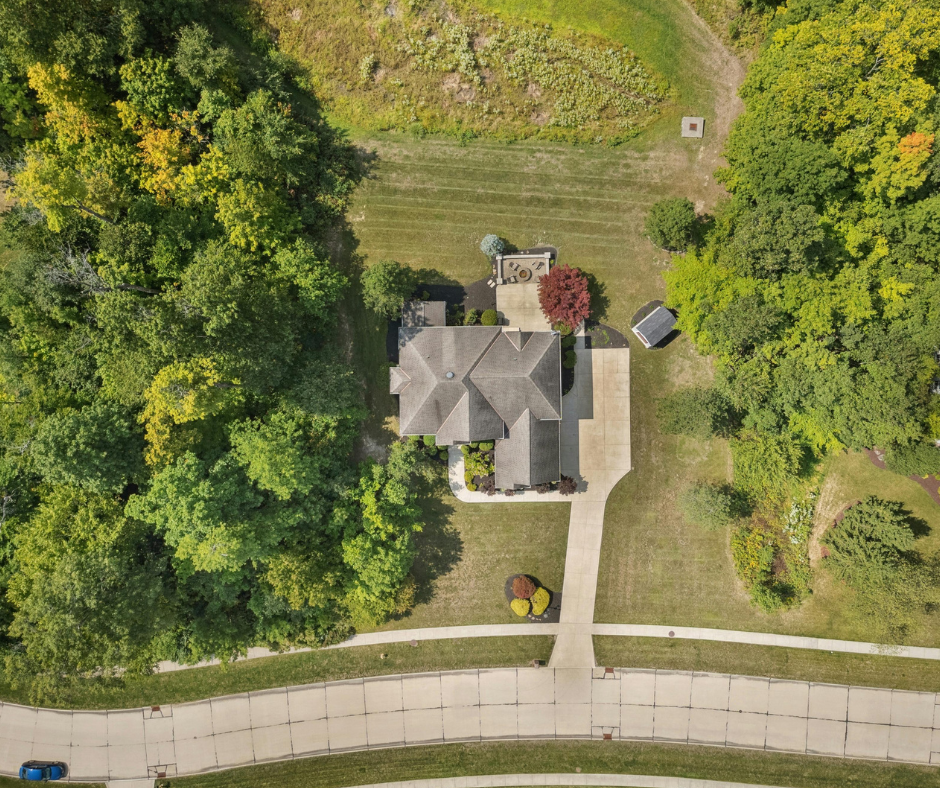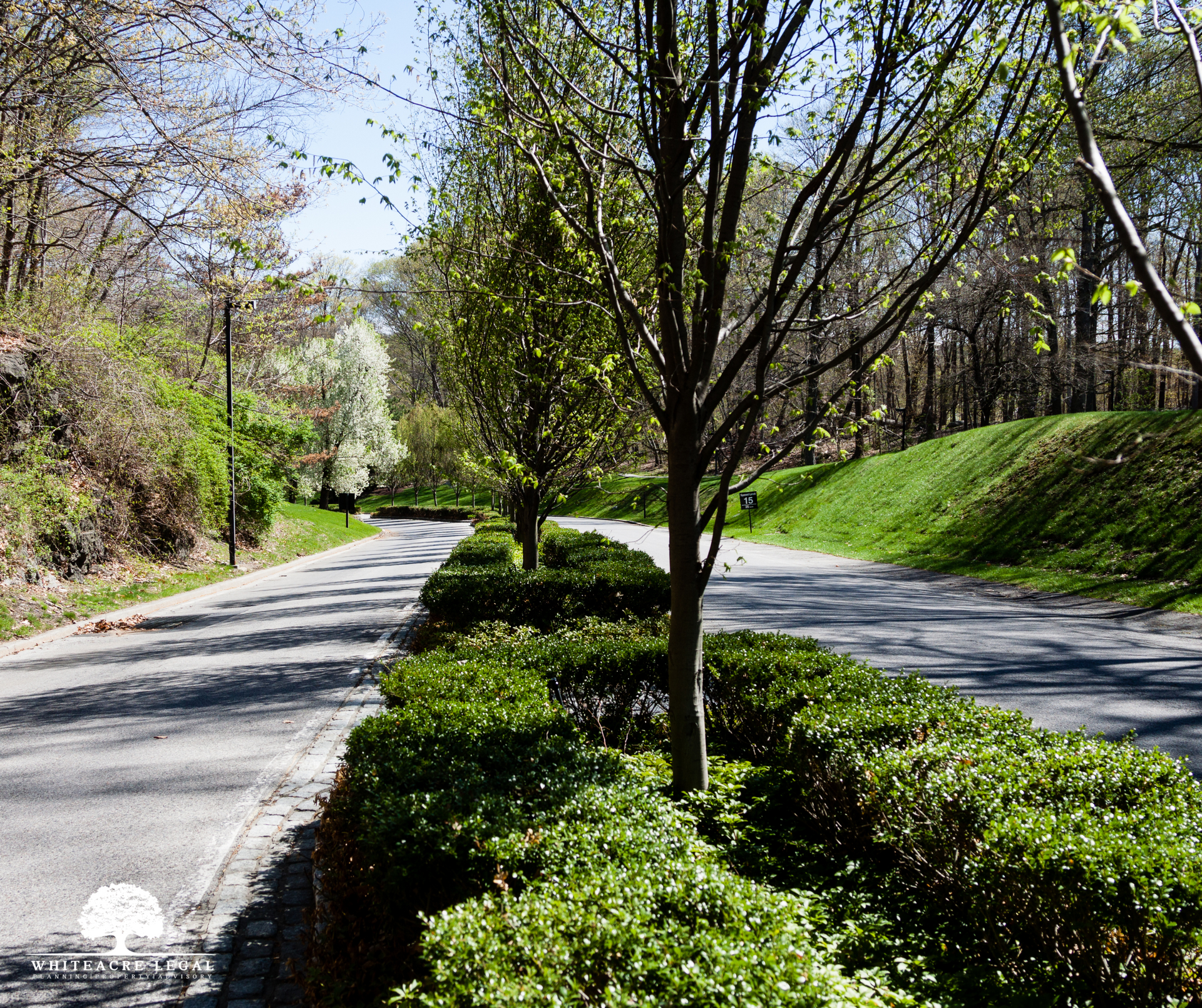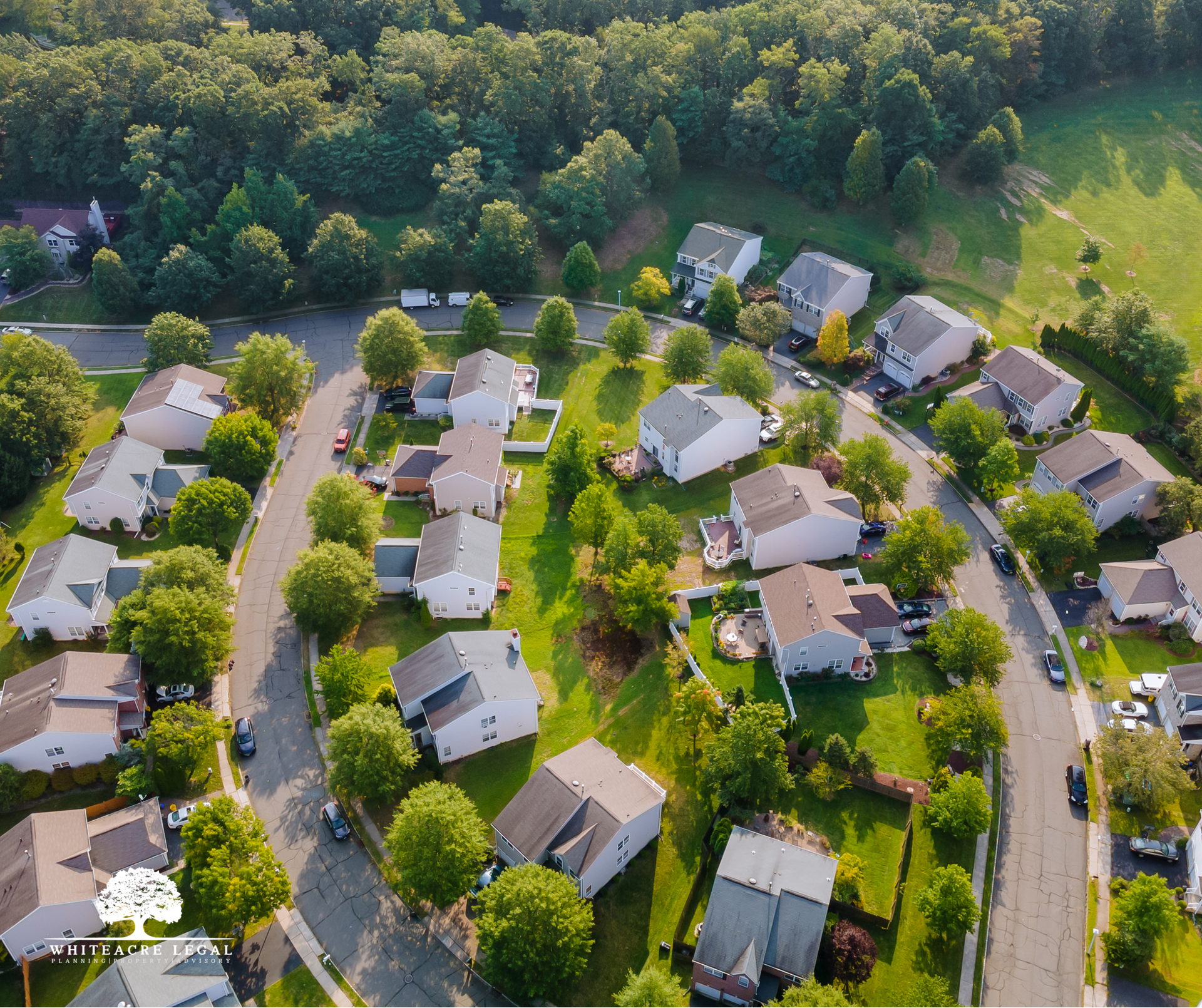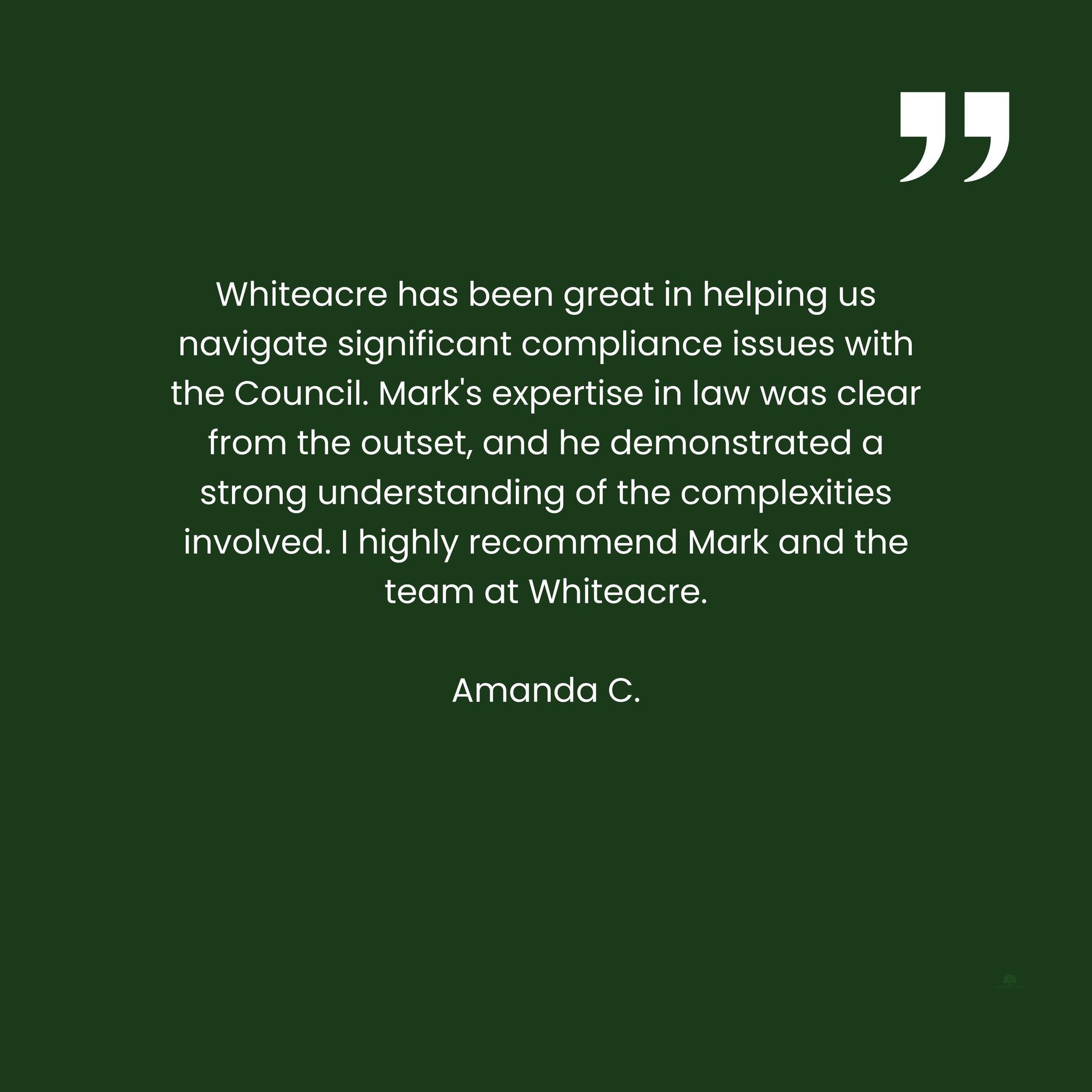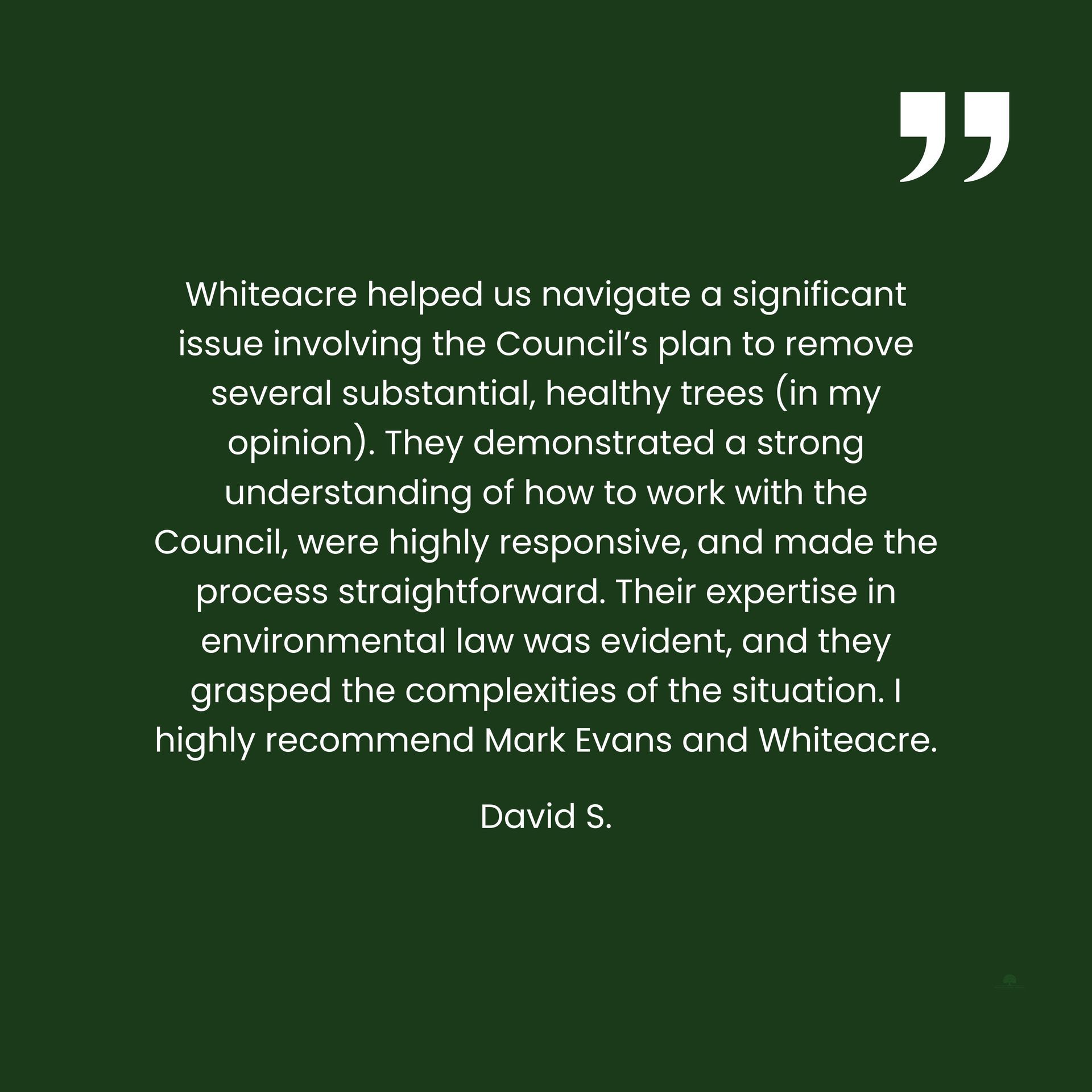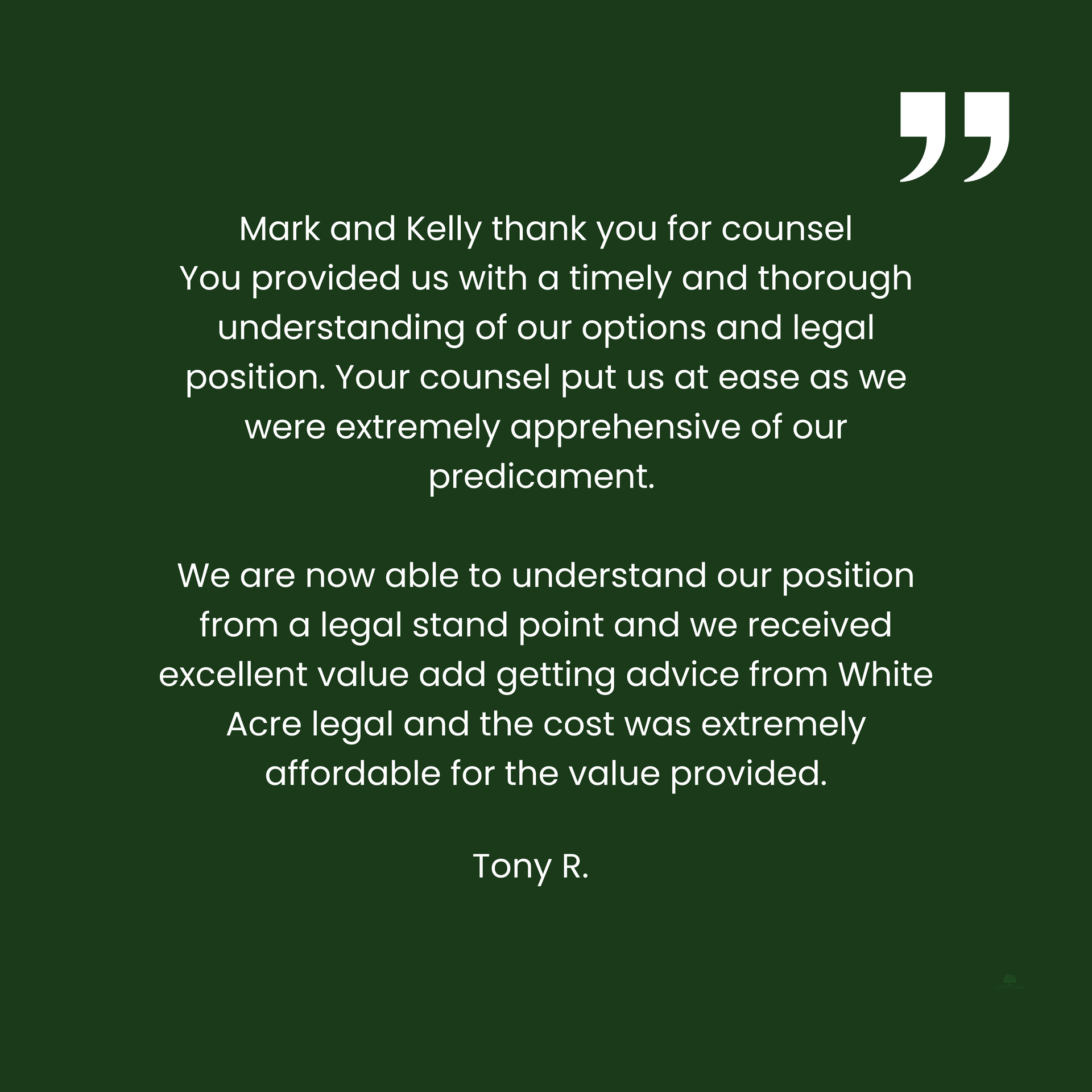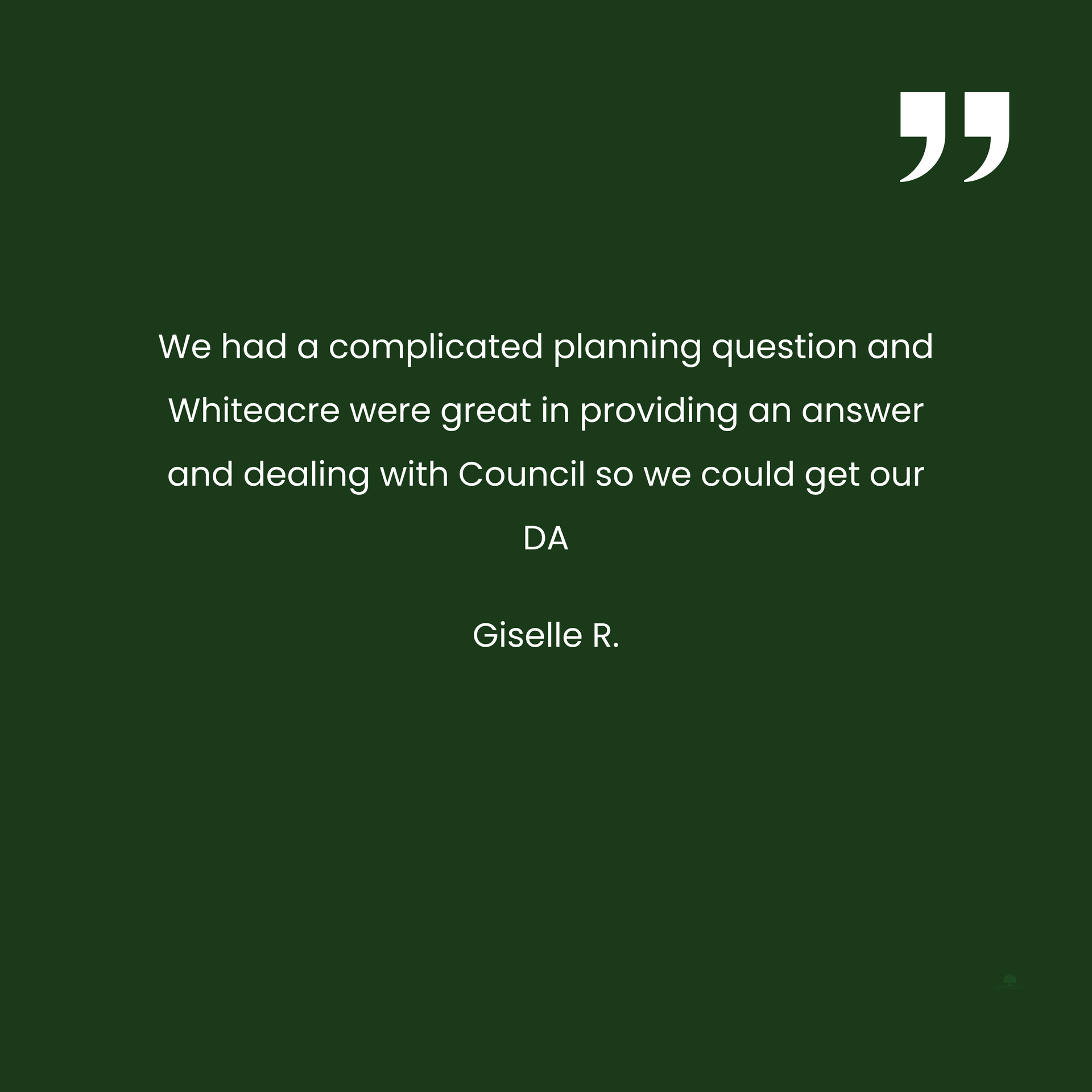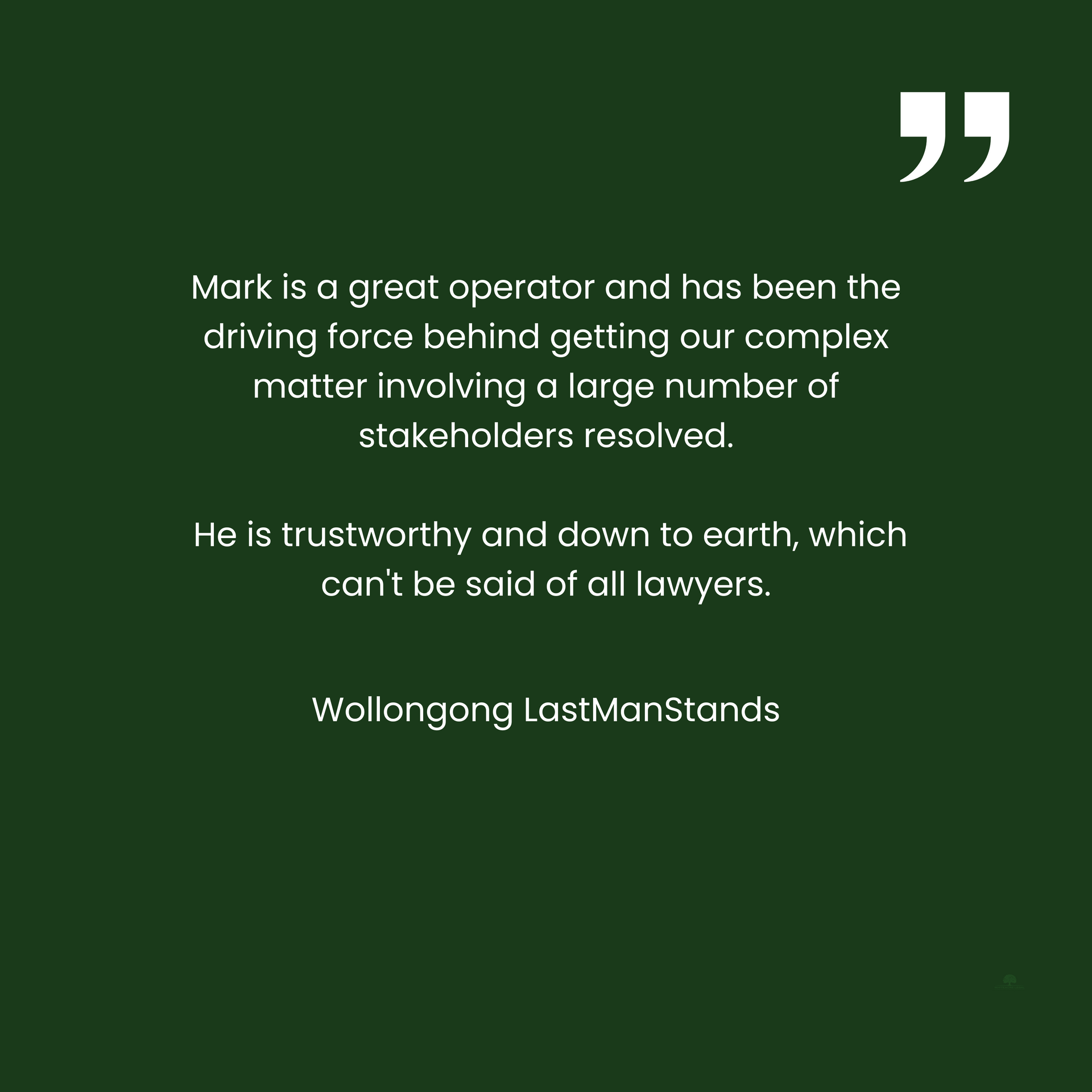Desired Future Character
This article examines what is desired future character, current measures that local councils adopt to assess desired future character and recommendations to adopt a more strategic planning approach.
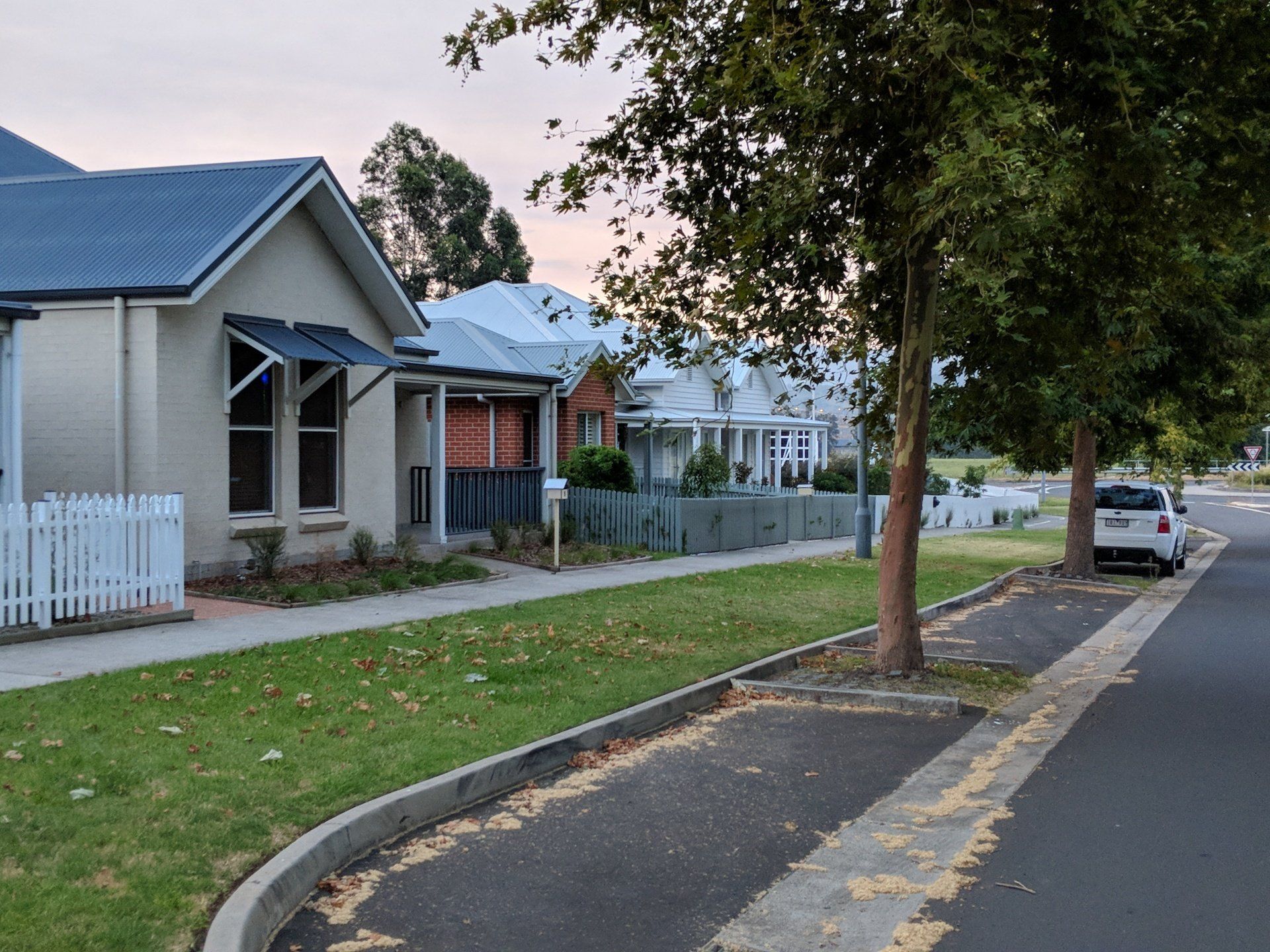
This article examines what is desired future character, current measures that local councils adopt to assess desired future character and recommendations to adopt a more strategic planning approach.
What is desired future character?
The “Local Character and Place Guideline” issued by the NSW Department of Planning and Environment (Department) defines “local character” as:
“what makes a neighbourhood distinctive and is the identity of a place. It encompasses the way it looks and feels. It is created by a combination of land, people, the built environment, history, culture and tradition including Aboriginal and non-Aboriginal, and looks at how they interact to make a distinctive character of an area.”
In Woollahra Municipal Council v SJD DB2 Pty Limited [2020] NSWLEC 115 (Woollahra v SJD), Chief Justice Preston (at [52]) described “desired future character” as:
“In considering what constitutes the desired future character of an area it is relevant to consider at least the zoning of the land, the zone objectives, the range of permissible uses, the development standards, and in this case the designation of heritage significance of the area…
These provisions do not exhaustively define and fix the desired future character, it is also relevant to look at existing built and natural elements in the locality as well as approved developments.”
Articulating desired future character through planning instruments
Traditionally, local councils have sought to incorporate local character and desired future character into the assessment of proposed development through development standards in Local Environmental Plans (LEPs) and, in greater detail through guidelines in Development Control Plans (DCPs).
The development standards in an LEP are, principally:
1.1 zoning, land use and objectives of zones;
1.2 minimum lot sizes;
1.3 height of buildings;
1.4 floor space ratio; and
1.5 heritage significance.
Zoning and development standards in LEPs are linked to maps over the local government area in an attempt to preserve local character and control desired future character. Often however, the maps are insufficiently detailed, apply indiscriminately over broad areas and do not account for street level character and topographical constraints.
In Woollahra v SJD, Preston CJ (at [59]) clarified that the desired future character of the neighbourhood or an area exists before and informs the development standards in the LEP, not the other way around. The development standards in the LEP do not exhaustively define and fix the desired future character of an area and the council (and court) may have regard to matters other than development standards to evaluate whether proposed development meets the desired future character of an area.
This interpretation of desired future character creates a problem for councils seeking to define and control desired future character through an LEP, because in addition to the LEP, a consent authority may have reference to “external factors such as the developments that are approved and constructed in the neighbourhood or area.” (per Preston CJ at [54]). Some of the developments that have been approved in the neighbourhood may be the result of contested court appeals or rely on exceptions to development standards via clause 4.6 of the relevant LEP.
Local mapping and development standards initially thought by Council to define desired future character do not take into account variations, increases and decreases to those standards wrought through state-wide instruments such as the State Environmental Planning Policy (Housing) 2021.
“Desired future character” is also not defined in an LEP. Consequently, in Woollahra v SJD, Preston CJ held (at [54]) that, there was “no limitation found in the subject matter, scope and purpose of WLEP which would preclude consideration of developments that have been approved and constructed in the neighbourhood or area”.
A local consent authority or the court should, but were not bound to, take into consideration desired future character provisions of a DCP where the DCP contained desired future character provisions which were not defined in the LEP.
A DCP is subordinate to an LEP and cannot be used to interpret the provisions of an LEP: Mine Subsidence Board v Wambo Coal Pty Ltd (2007) 154 LGERA 60; [2007] NSWCA 137 at [41]; Plaintiff M47-2012 v Director-General of Security (2012) 251 CLR 1; [2012] HCA 46 at [56]. The tail does not wag the dog.
These issues demonstrate why reliance on Council’s LEP and DCP alone will be insufficient to adequately articulate and control desired future character.
A strategic approach
If local councils wish to better articulate and control desired future character in a local area, they need to adopt a strategic planning approach aimed at better integrating local character into consideration and determination of development applications that is formulated and implemented in accordance with the Department’s guidelines.
In February 2019, the Department released the “Local Character and Place Guideline” and the “Discussion Paper – Local Character Overlays” (Discussion Paper).
As stated above, reliance on development standards in a council’s LEP alone will be insufficient to meaningfully articulate and integrate local character areas into assessment of development applications.
A clear definition of “desired future character” is required in a Council’s LEP and a clear link must be established between Council’s LEP, DCP, local character statements and local character mapping.
The Department described in the Discussion Paper how this would occur in two ways:
a. the creation of “local character mapping”; and
b. an associated clause within an LEP which would identify additional assessment requirements and point directly to the local character mapping, local character statements and guidelines in Council’s DCP.
These measures would only be effective (and acceptable to the Department) where they are derived from community consultation and where they align with broader strategic objectives, namely regional and district strategic plans and Council’s LSPS and Local Housing Strategy.
Community Consultation
Local councils may already have a community participation plan, though to the extent they do not, councils should develop a community engagement strategy that identifies local stakeholders and the approach councils will use to engage with those who may not regularly have contact with council to seek meaningful input into the identification and mapping of local character areas.
Mapping and local character statement
Local councils should also consider drawing and mapping local character areas. Often, words in development standards are an inadequate medium to convey sentiment, feel and character of place. Where possible, Councils can consider engaging community and local artists to pictorially represent local streetscapes and character of places.
These maps and drawings should be accompanied by a local character statement of an area’s history, its aspirations and what the desired future character of the area looks like. The local character statement can articulate the local character with a written description of intangible and tangible values and characteristics of a place.
Local character overlay and linking clause in LEP
Amendments to the LEP would be required to create a link to a local character overlay, a local character statement and/or controls within a DCP. It could also seek to exclude or vary statewide policy (for example, State Environmental Planning Policies).
Specifically, the Department has stated that a local character overlay could:
a. “identify the defined character area and map its boundaries;
b. identify the characterisation for the area (as outlined in the Local Character and Place Guideline; and
c. trigger local variations and in exceptional circumstances local exclusions from statewide policy.”
The Department states that a local council wishing to support local character through their LEP could “…submit a planning proposal in line with the standardised map layer and associated clause…”
The Department would review all submitted planning proposals against published criteria to evaluate the benefits and impacts of introducing a local character overlay.
The local character overlay should be centred on having undertaken a strategic planning process and ideally will follow the local council's local strategic planning statement and local housing strategy.
The benefits of this approach are better alignment with Council’s strategic framework, regional and district plans and a greater likelihood of support from the Department.
A local character overlay would not only have the benefit of community consultation and input but also impose a legal requirement to consider and accommodate desired future character in proposed development through the insertion of a clause in Council’s LEP.
Conclusion
All too often Council planners are forced to rely on development standards in LEPs and DCPs to seek to articulate desired future character of an area. Councils cannot define and control desired future character through an LEP alone.
To articulate and enforce desired future character, local councils need to do the leavy lifting and adopt a strategic approach that incorporates community consultation, detailed mapping of local character areas and insertion of a clause in a council’s LEP linking these measures to the assessment and determination of development applications in a meaningful way.
Require further assistance? please do not hesitate to call us on (02) 9145 0900 or make an enquiry below.
Browse by categories

Servicing all of NSW, Whiteacre provides expert property law and planning and environment law advice and assistance.
✓ Planning Law Advice
✓ Land and Environment Court Appeals
✓ Voluntary Planning Agreements and Contributions
✓ Development Control Orders and Enforcement
✓ Property Development Advice and Due Diligence
✓ Title Structuring
✓ Easements and Covenants
✓
Strata and Community Title legislation
Book an initial consultation through our website with our planning law solicitor. Whether it's about planning and environment law or property law, you can approach us and discuss your matter to make sure we are a good fit for your requirements.




